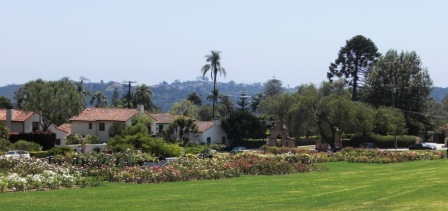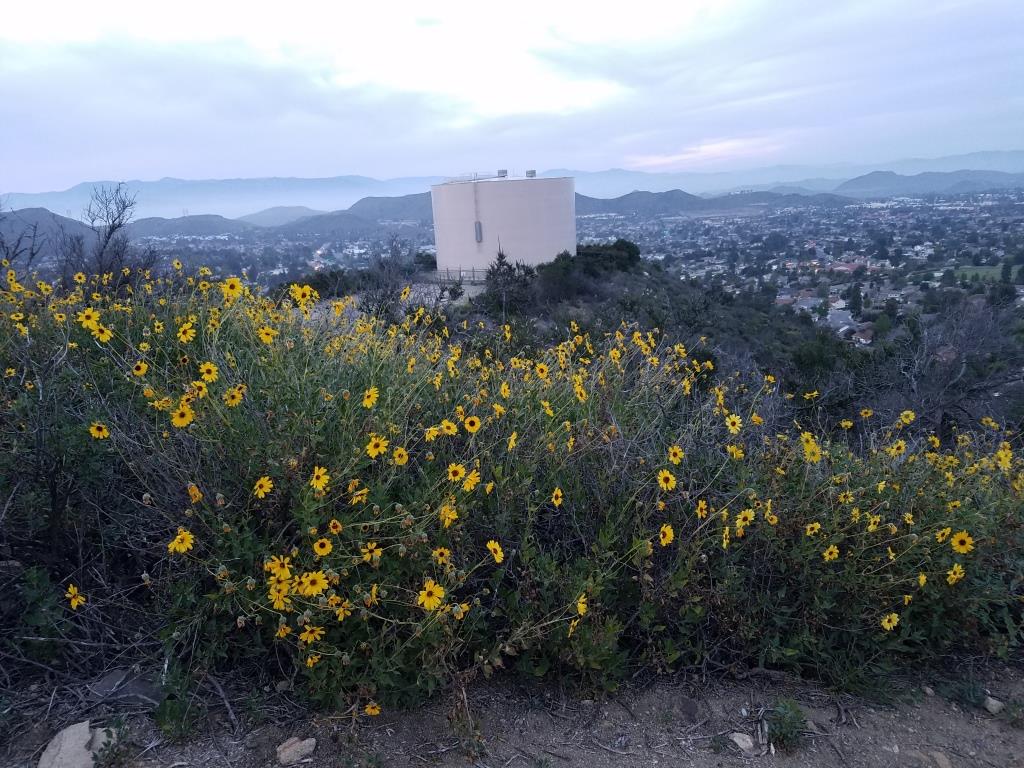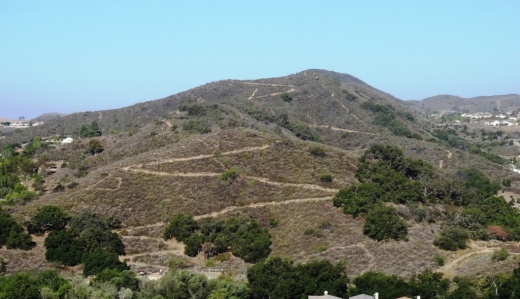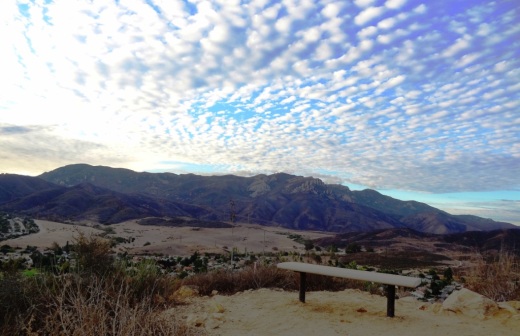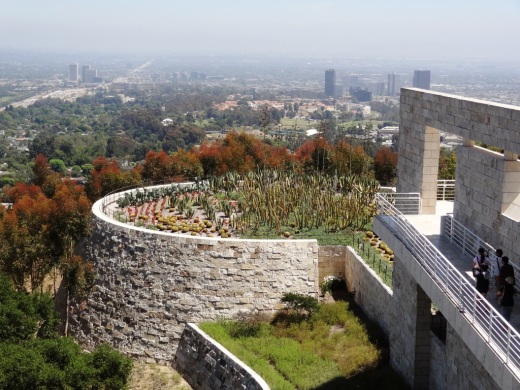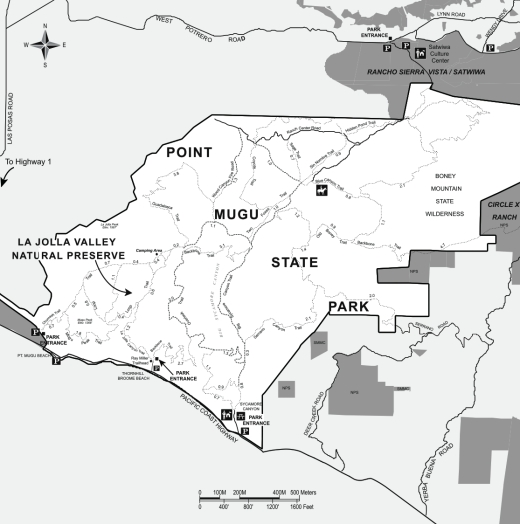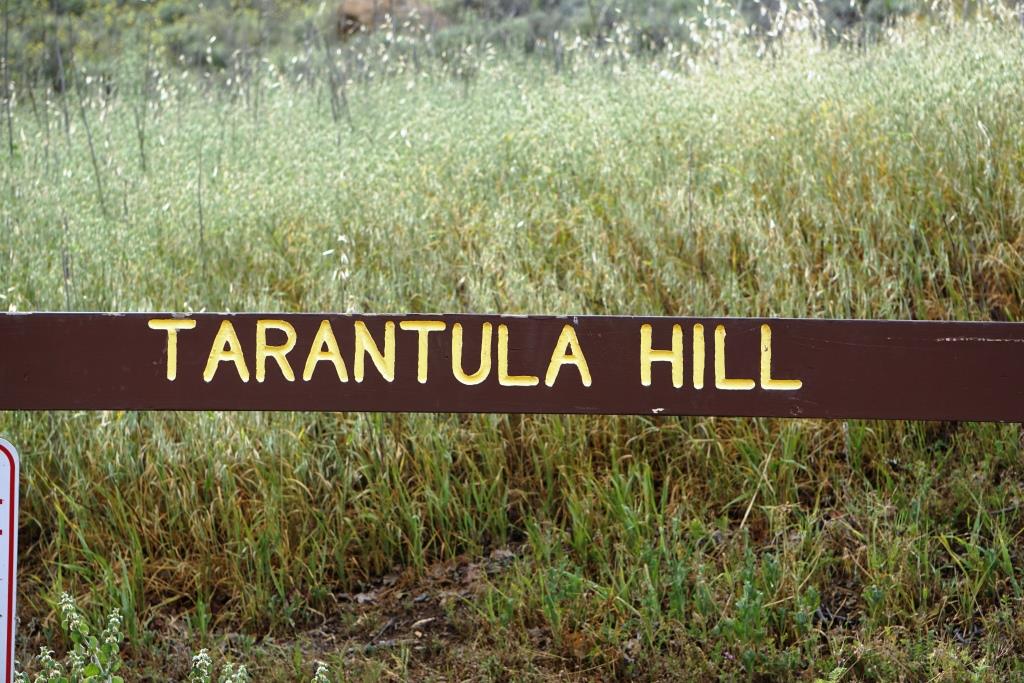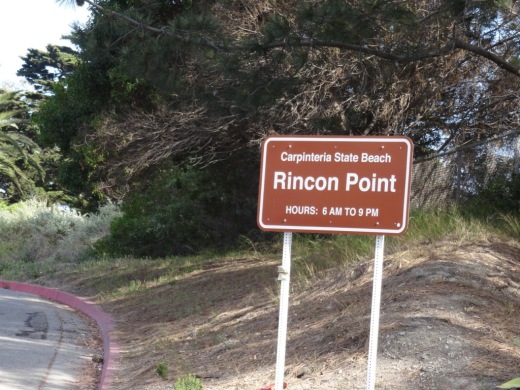Westward Beach In Malibu
/Westward Beach is about a mile strip of beach in Malibu, sandwiched between Zuma Beach and Zuma Lagoon on the northwest and Point Dume State Beach on the east.
This nice beach has both parallel street parking available on Westward Beach Road and a paid parking lot (which on a Sunday can cost $14; weekdays are less).
What I also like about Westward Beach is its close proximity to the Point Dume Natural Preserve, and the periodic sightings of seals, dolphins and other sea life.
Westward Beach generally is not as swim-friendly as nearby Zuma Beach as the waves are choppier and less duration and higher impact. While we've taken the boogie boards into the ocean here, we weren't particularly successful at catching waves here. That said...my little ones love playing in the sand and running from the waves here.
Another cool thing at the southwest end of the beach is a sheer cliff used for rock climbing.
There are restrooms available here as well as an outdoor shower facility.
Location/Directions: Take Kanan south to PCH and turn right. Westward Beach Road is over the rise, at the foot of the hill. Call 310.457.8143 or visit www.parks.ca.gov/?page_id=623 for more information.










